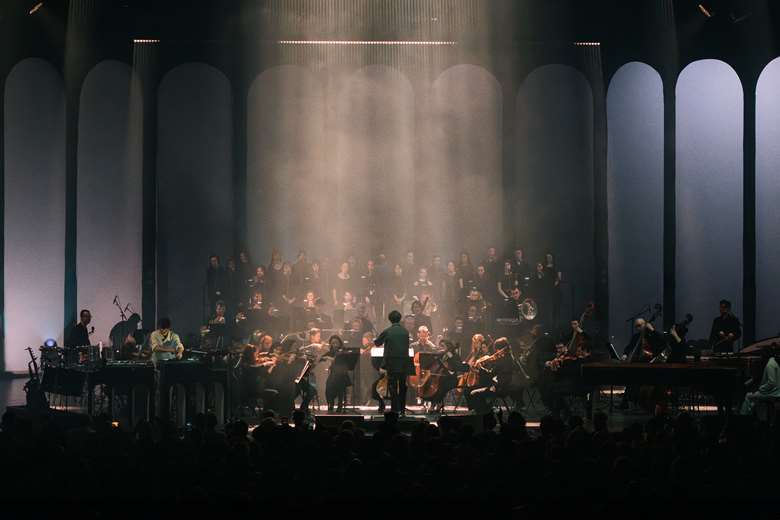Vivaldi for a modern world
Mark Seow
Thursday, April 4, 2024
Violinist Théotime Langlois de Swarte and producer Thylacine may take very different approaches to the Red Priest's music - but what unites them is a belief in its impact for audiences today

Photo Credit: Cecile Chabert
Register now to continue reading
Thanks for exploring the Gramophone website. Sign up for a free account today to enjoy the following benefits:
- Free access to 3 subscriber-only articles per month
- Unlimited access to our news, podcasts and awards pages
- Free weekly email newsletter








